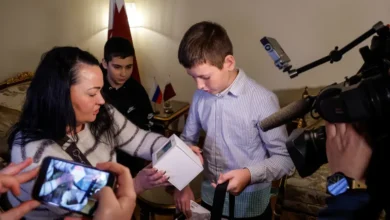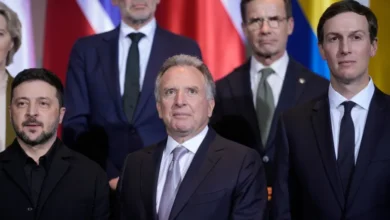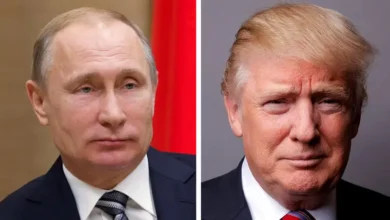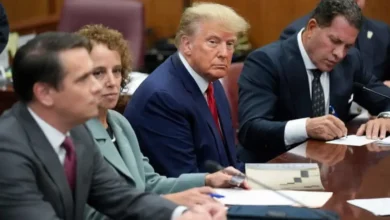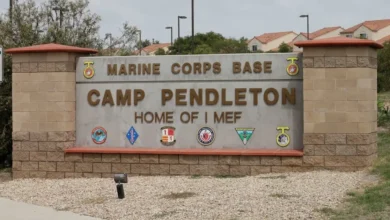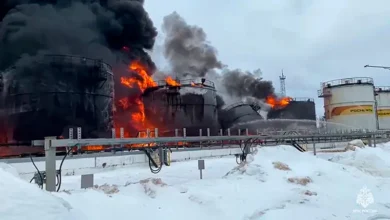Five key takeaways from Donald Trump’s Manhattan arraignment
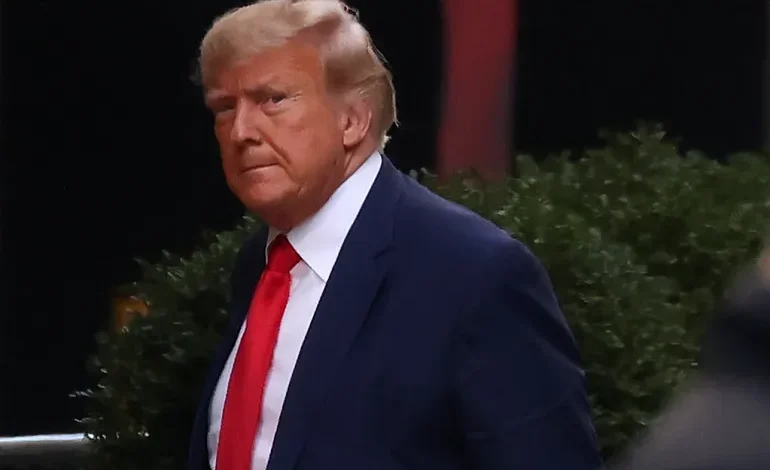
The indictment against former United States President Donald Trump was unsealed in a New York City court on Tuesday, revealing 34 felony counts against the former Republican leader.
The 13-page document contained the latest revelations in a hush-money probe led by Manhattan District Attorney Alvin Bragg, and it cements Trump’s status as the first US president in history to face criminal charges.
Throughout the day, all eyes were on Trump, as he navigated protesters on the stoop of his Trump Tower skyscraper to get to the courthouse and be processed into the criminal justice system.
Here are five key takeaways from the historic court proceedings — and Trump’s reaction once he returned home to his Florida resort.
Trump’s much-anticipated surrender was relatively muted
A little after 1:00pm Eastern Time (17:00 GMT), the former president left his penthouse residence at Trump Tower to head to Lower Manhattan for his court date.
He waved to supporters as he made his commute, arriving at the Manhattan Criminal Court shortly thereafter. There was no perp walk, no handcuffs and no mug shot.
After he was fingerprinted and processed, an uncharacteristically quiet Trump sat between his lawyers to hear the charges laid against him. He pleaded not guilty to all 34 felony counts.
At one point during the proceedings, New York Judge Juan Merchan warned Trump against becoming “disruptive”. Trump acknowledged the judge’s remarks.
The court appearance took less than an hour. Trump departed in his motorcade without stopping to speak to the press.
The Manhattan grand jury’s investigation was previously thought to centre around $130,000 allegedly paid to the adult film star Stormy Daniels, to buy her silence in the lead-up to the 2016 presidential election.
At the time, Daniels claimed she and then-presidential candidate Trump had an extramarital affair.
But the Manhattan District Attorney’s office unveiled a much broader scope in its charges, accusing the former president of “repeatedly and fraudulently” falsifying records to conceal “damaging information from the voting public”.
It described alleged “catch and kill” schemes, accusing Trump of collaborating with the head of American Media Inc (AMI) to buy and suppress coverage that might blemish his public image.
Among the stories allegedly suppressed were that of a doorman, who claimed to know of a child fathered out of wedlock, and that of an affair with former Playboy model Karen McDougal.No repeat of January 6 violence
Outside the Trump Tower skyscraper and the Manhattan Criminal Court, hundreds of protesters gathered to voice their support either for the prosecution or for Trump.
But aside from some minor clashes between the different camps, the demonstrations ultimately ended peacefully, despite lingering concerns about political violence following the 2021 Capitol attack.
That incident saw Trump supporters launch a deadly assault on the seat of the US Congress on January 6, 2021, as a joint session was underway to certify the results of the 2020 presidential elections.
Trump had been accused of riling up his supporters prior to the attack. And ahead of Tuesday’s arraignment, he took to social media to once again call on his backers to rise up on his behalf.
“The far & away leading Republican candidate and former president of the United States of America will be arrested,” he wrote in all caps on Truth Social on March 18. “Protest, take our nation back!”
However, with 35,000 New York City police officers in uniform for Tuesday’s arraignment, no significant violence was reported, though Georgia Representative Marjorie Taylor Greene claimed to be “swarmed” by anti-Trump protesters.

